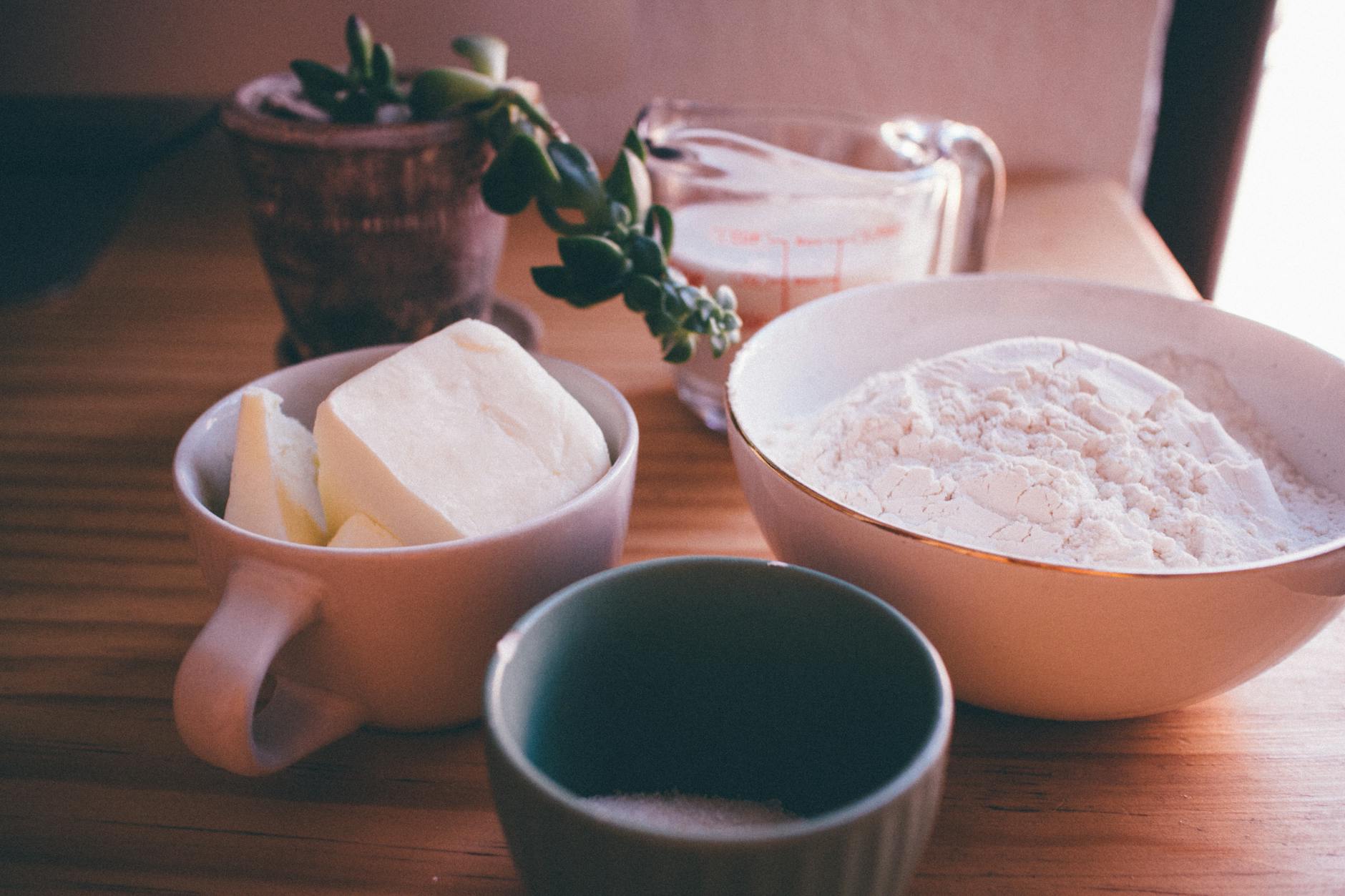Figuring Out Measurements
Kicking things off in the kitchen, let’s face it—getting measurements right is like having a secret weapon up your sleeve. If you want your cooking experiments to shine, nailing those measurements is where you start. They make sure your tasty creations turn out exactly how you imagined, with flavors that blend together like they were meant to be.
Why Getting Measurements Right in Cooking Matters
Cooking is like a dance of flavors, textures, and those mouth-watering smells we all love. Whether you’re whipping up a comforting stew or a sweet treat, the right amount of each ingredient is your best friend. Accurate measurements mean you can nail that dish time after time. It’s like having your favorite playlist on repeat. And who doesn’t love hitting the mark with taste, texture, and how it all looks on the plate? That’s where precision comes in.
Grasping the Shift from Cups to Grams
Let’s get real: navigating measurements in cooking can be a bit like learning a new language. Switching from cups to grams is a move many make for the sake of consistency. Cups measure volume, but grams? They measure weight, which can make your life way easier when it comes to cooking up a storm.
Different goodies like flour, sugar, and butter don’t all weigh the same cup-for-cup. That’s why you’ll find tables around to help you convert things smoothly. Here’s a quick cheat sheet to keep you cruising:
| Ingredient | 1 Cup (in grams) |
|---|---|
| Flour | 120g |
| Sugar | 200g |
| Butter | 227g |
Getting the hang of these conversions lets you tweak those recipes to suit your style or what you already have at home. Mastering this skill not only makes you the boss of your kitchen but also opens the door to a world full of cooking adventures. If you’re hungry for more handy tips on measurements, check out our detailed guide on measurements for cooking.
Converting Cups to Grams
Cooking a delightful dish isn’t just about following a recipe, it’s about nailing those measurements too. Getting from cups to grams can seem like a math quiz gone wrong, but it’s a game-changer for whipping up consistent and scrumptious eats. Some ingredients play hard to get with their weights and volumes, requiring us to crack the code on conversion rates. Let’s slice into the details for flour, sugar, and butter.
Different Ingredients, Different Weights
Not every ingredient follows the same rulebook when flipping from cups to grams. Picture it like this: water is the easy-going friend in the group—1 cup is 240 grams, no fuss. But throw in something like flour or sugar, and you’re entering a world where densities matter, making each calculation a bit of a scientist’s task. A trusty conversion guide or a kitchen scale could be your best kitchen sidekick here.
| Ingredient | 1 Cup in Grams |
|---|---|
| Water | 240 |
| Flour | 120–150 |
| Sugar | 200–225 |
| Butter | 225 |
Common Conversions: Flour, Sugar, Butter
-
Flour: This one’s like a chameleon—its weight can vary from 120 to 150 grams per cup. Brand differences, the type of flour, or how tightly it’s packed all play their parts. Most standard all-purpose flour sits at about 125 grams a cup.
-
Sugar: Granulated sugar comes in swinging between 200 and 225 grams a cup—brown sugar’s a tad heavier though, usually around 220 grams, thanks to its molasses mojo.
-
Butter: Butter’s the heavyweight champ at 225 grams per cup. Variations can sneak in if it’s colder or a specific type, but it’s mostly reliable for those baking treaties.
Locking down these conversions puts you in the driver’s seat when tweaking recipes to fit your style. Getting those measurements on point isn’t just about flavor, it’s a ticket to the perfect texture and taste every time you step into the kitchen. If your culinary curiosity is piqued, check out our all-encompassing guide on measurements for cooking.





